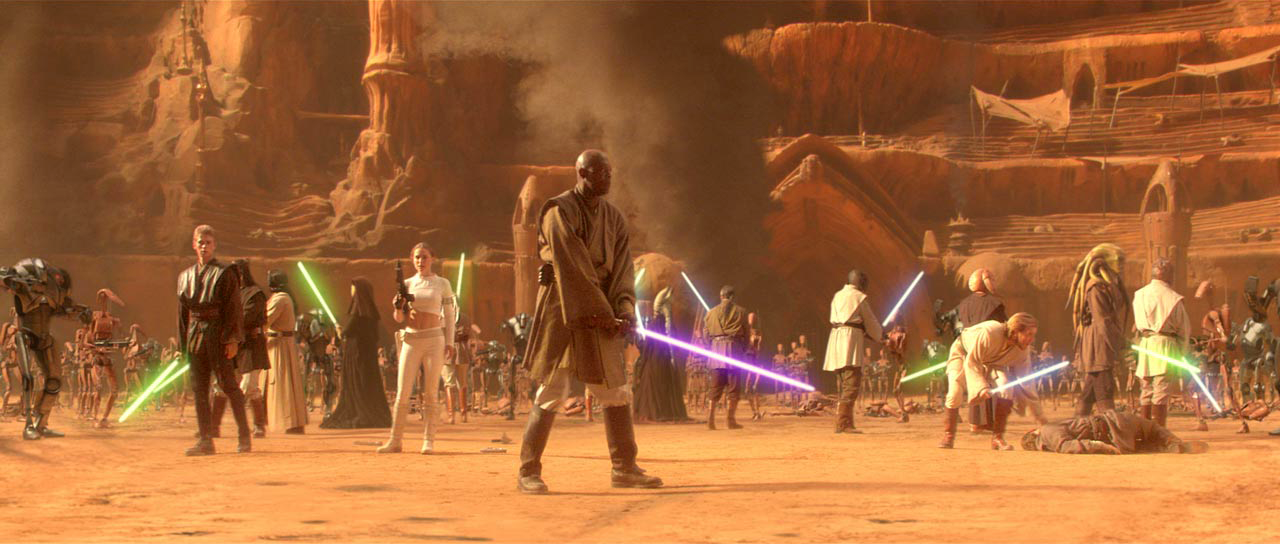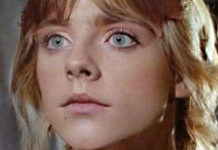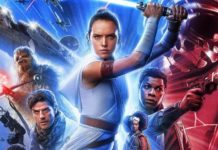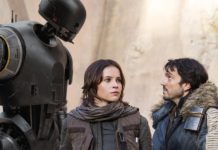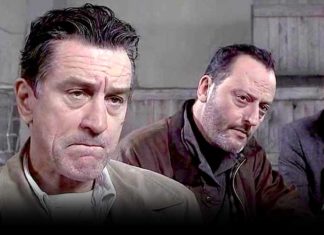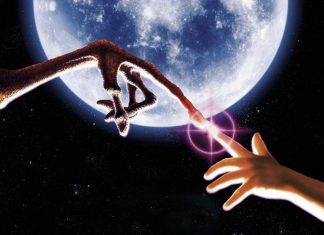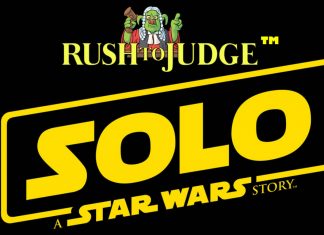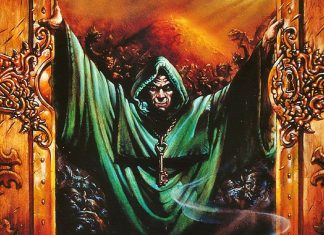This is the first in a series of articles discussing the design elements of the STAR WARS prequels. This series will cover a wide range of topics including characters, creatures, planets and vehicles. In Part I of this series, I will analyze the planet Geonosis and its inhabitants.
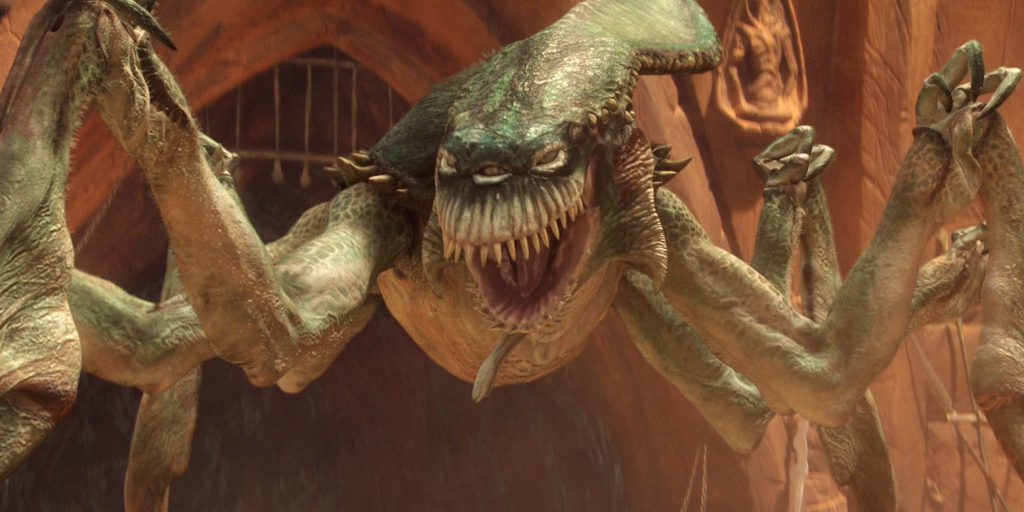
Geonosis
Geonosis is a red desert planet with a look that is similar to Mars, with some creative elements that make it both interesting and unique. The most interesting of these elements is the architecture of the civilization created by the Geonosians, a race of sentient bi-pedal insects, themselves. This architecture, called Geonosian spires, looks like something that an advanced race of insects would create because it is based on a hive system.
The Geonosian spires are tall, hollow, hive-mounds which blend seamlessly into the terrain of Geonosis. They function as a dwelling for their creators at the higher levels of the structure with a series of curved tunnels and passages that allow the Geonosians to move easily throughout the hive interior, while being well camouflaged due to the lighting and the color of the environment. The lower levels are more high-tech and are comprised of factories to build droids and weapons in a factory assembly line.
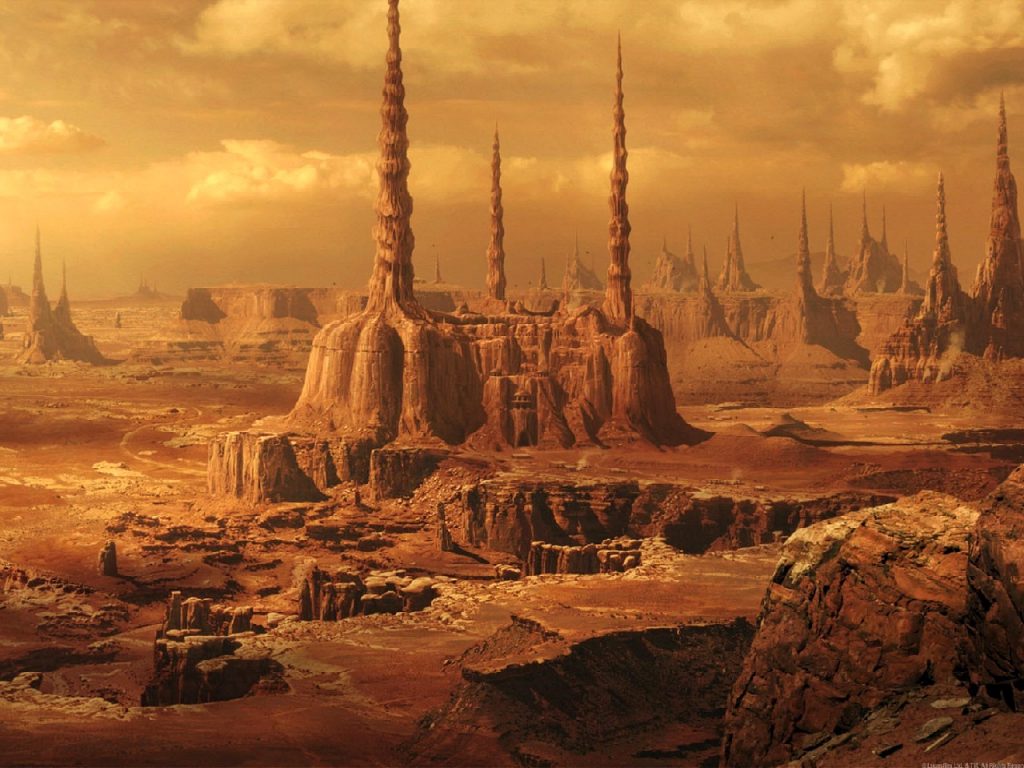
The designers at Lucasfilm deserve a lot of credit for the amount of well thought-out design work that went into the assembly line aspects of the lower factory levels. Every step in the process of manufacturing droids and weaponry has legitimacy and purpose; from the molten metal that is part of a foundry, to the machines that stamp out various pieces of machinery, to the final finished products of droids and weapons. There is logic and a methodology to the process that brings weight to what is presented on-screen.
The final area of Geonosis that we spend a good amount of time is the arena area, which is outdoors. Like the Geonosian spires, this area also looks like a structure that would be created by the Geonosians with a similar texture and color quality to the surface of the planet. However, while the exterior is well camouflaged, the interior of this open air facility, which would be visible from above, would obviously not appear to be a natural formation given the sand floor and Colosseum seating.
Creatures
On the planet Geonosis we encounter four different types of creatures: Geonosians, Acklay, Reek and Nexu (the latter three being monsters in the arena) .
As described above, the Geonosians are bi-pedal insects. Overall I think they are the weakest designed element related to Geonosis. Their appearance has a murky blandness, which works well for the camouflage aspects of their society and architecture, but doesn’t really provide a great visual. I do like that they can fly, though.
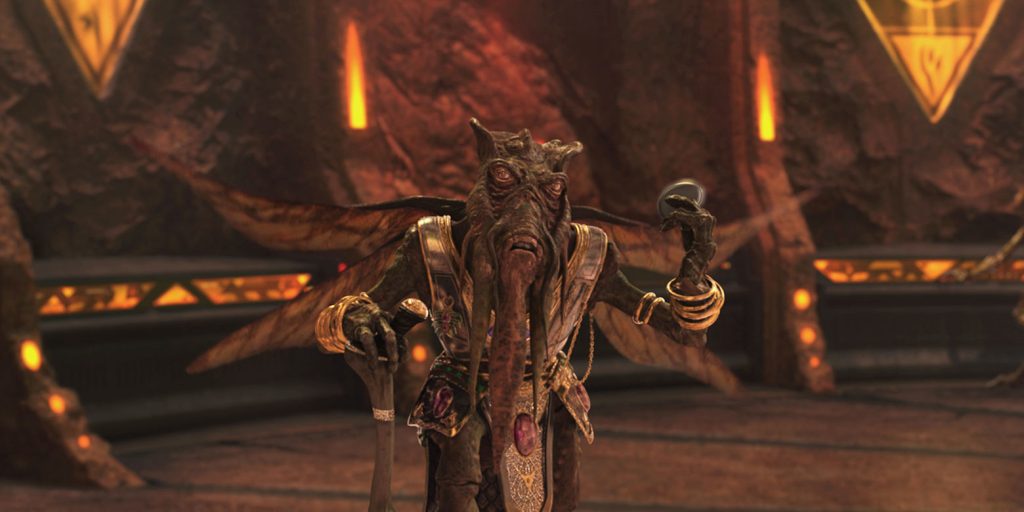
The exception to the other Geonosians is Poggle the Lesser, Archduke of Geonosis. He really looks great. He wears a lot of gold jewelry on his arms and clothes that are visually interesting and provide contrast with the rest of his form. His head is also a more interesting design with more reddish colors and a different facial structure that makes him stand out more that his brethren.
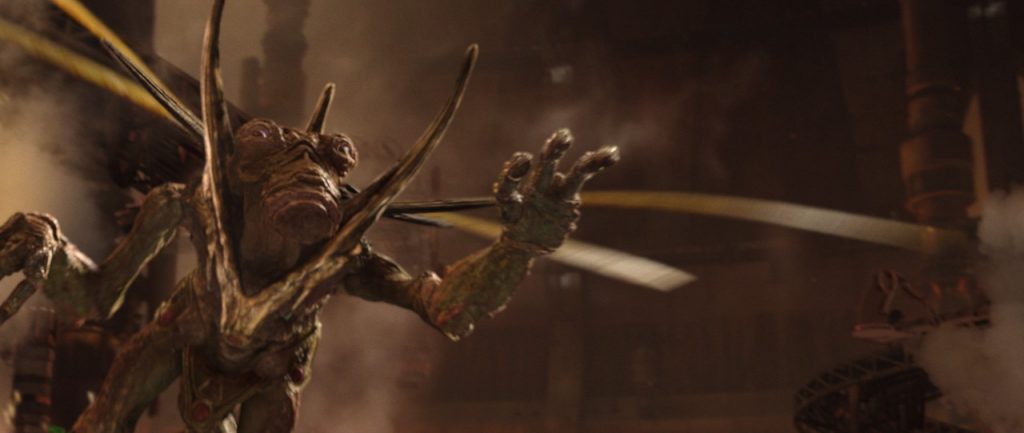
The Acklay is my favorite of the three arena monsters. With an appearance that looks like a large praying mantis with six crab legs, sharp teeth and three eyes. It is very strong visually. It moves like a predator and has a fair amount of agility for its appearance. However, the thing I like the best is the sound design of this creature, which is a banshee like shriek that is very memorable.
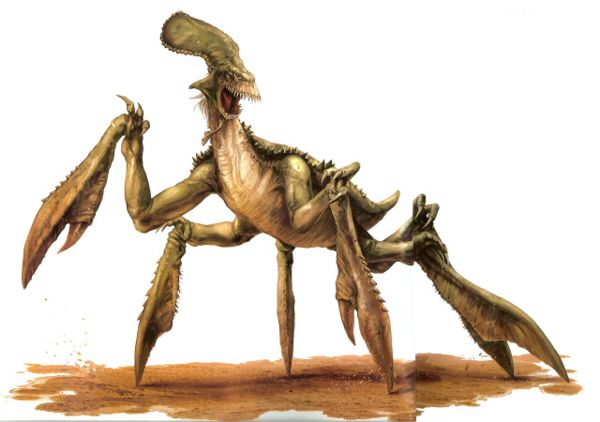
Next is the Reek, which is a quadruped that looks like a rhino-esque dinosaur. It has 3 horns: one on the center of its head and one on each cheek. The best elements of this creature, in my opinion, are the steel ring through its nose and the red coloring on its face and back, which provides a nice visual contrast with greenish gray of the rest of his body.
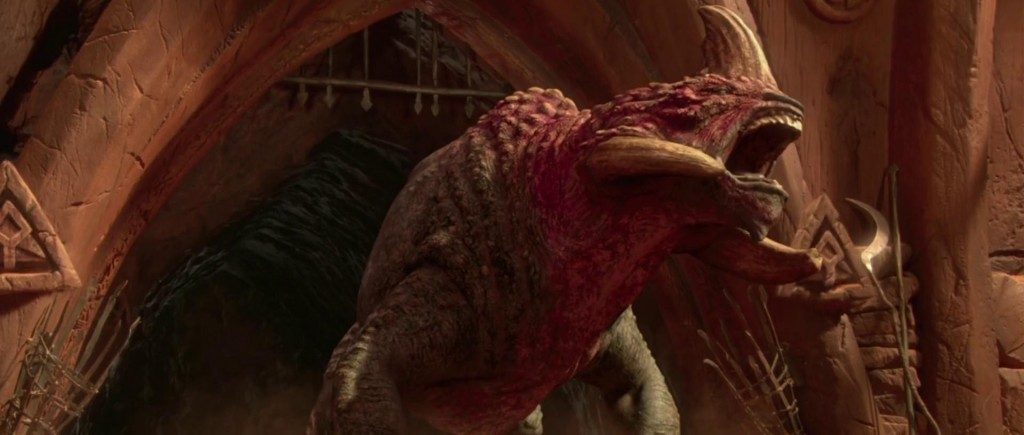
Finally, we have the Nexu. The most agile of the arena creatures, the Nexu has two sets of red eyes, long black quills on its back, a split tail and sharp teeth and claws. While it has a ferocious look, I feel the design is weakened the cat-like hollowness of its body, which makes it easier to dispatch and much weaker overall than the other two arena monsters.
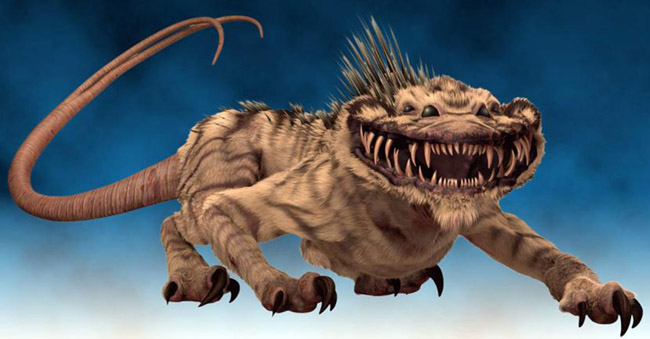
Great Design, Terrible Movie
Overall, I think the design work of the prequels is very strong with Geonosis being one of the best. Combining a lot of logic with some great creative ideas.
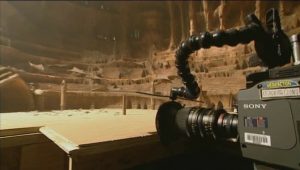
Part II of this series will delve into the planet Naboo and its inhabitants.

